We usually use electrons to communicate data across wires, and sometimes we use light also. Does anyone know of real world example systems that use fluids (including air) to do this, and the advantages vs using wires? When I search for air pressure communications I get TPMS tire pressure monitoring or "how to communicate under pressure" lol. Also, I'm not referring to the systems of tubes that carry messenger capsules with paper inside, but instead to direct digital communications via the modulation of air or fluid pressure through a pipe or hose.
I've heard of using air pressure to communicate analog process data in factories before 4-20mA was invented, but I'm not sure of the details. Also, that's an analog technology and I'm more interested in digital data streams.
I'm sure this type of system would be slow, but could be interesting to study.
Thanks for any info!
